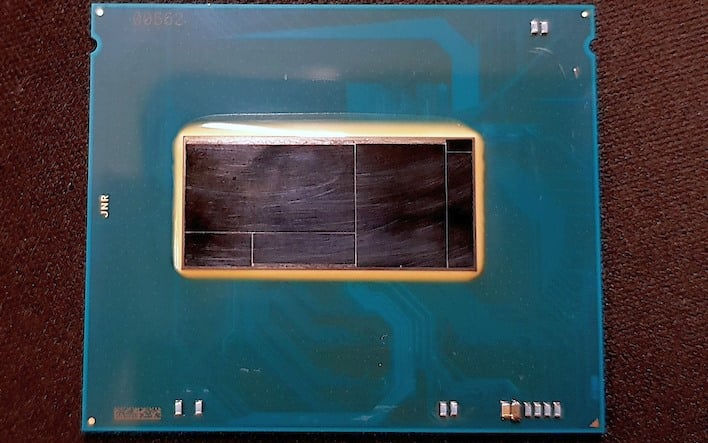Intel Nova Lake-S Hits Key Milestone On TSMC 2nm As 18A Yields Improve

It's probably not for yield reasons, anyway; besides that we already heard last year that 18A was doing well with yields, new analysis notes that Intel's 18A node is rapidly improving, stating:
"We continue to hear constructive feedback on Intel's 18A process and hear that current yield rates have improved to 55%, up from 50% a quarter ago. This compares favorably to Samsung's 2nm process (SF2), which we believe is tracking at ~40%, but is below TSMC's N2 process, where yields are currently at 65%"As we've discussed previously, talking about yields in terms of percentages without the context of what kind of chip you're testing with really doesn't make any sense. Because of that, we're leery of this analysis, which apparently originates with John Vinh at KeyBanc Capital Markets (h/t to Mark LaPedus.) Still, KeyBanc is a well-regarded market analysis firm, so it's entirely likely that Mr. Vinh has a legitimate source for this information, and that he's simply sharing it in an accessible form for his audience of investors.
Much noise was made about Intel's decision to "cancel" 18A for its external foundry services, but was that done for yield/quality reasons, or because Intel simply doesn't have enough capacity to handle both its own orders as well as external orders? If 18A is yielding well, it may well be the case that Intel is reaching out to TSMC for Nova Lake simply because the desktop CPUs don't need the supposedly world-beating efficiency that 18A offers. We'll know more when Panther Lake launches late this year or early next year.

